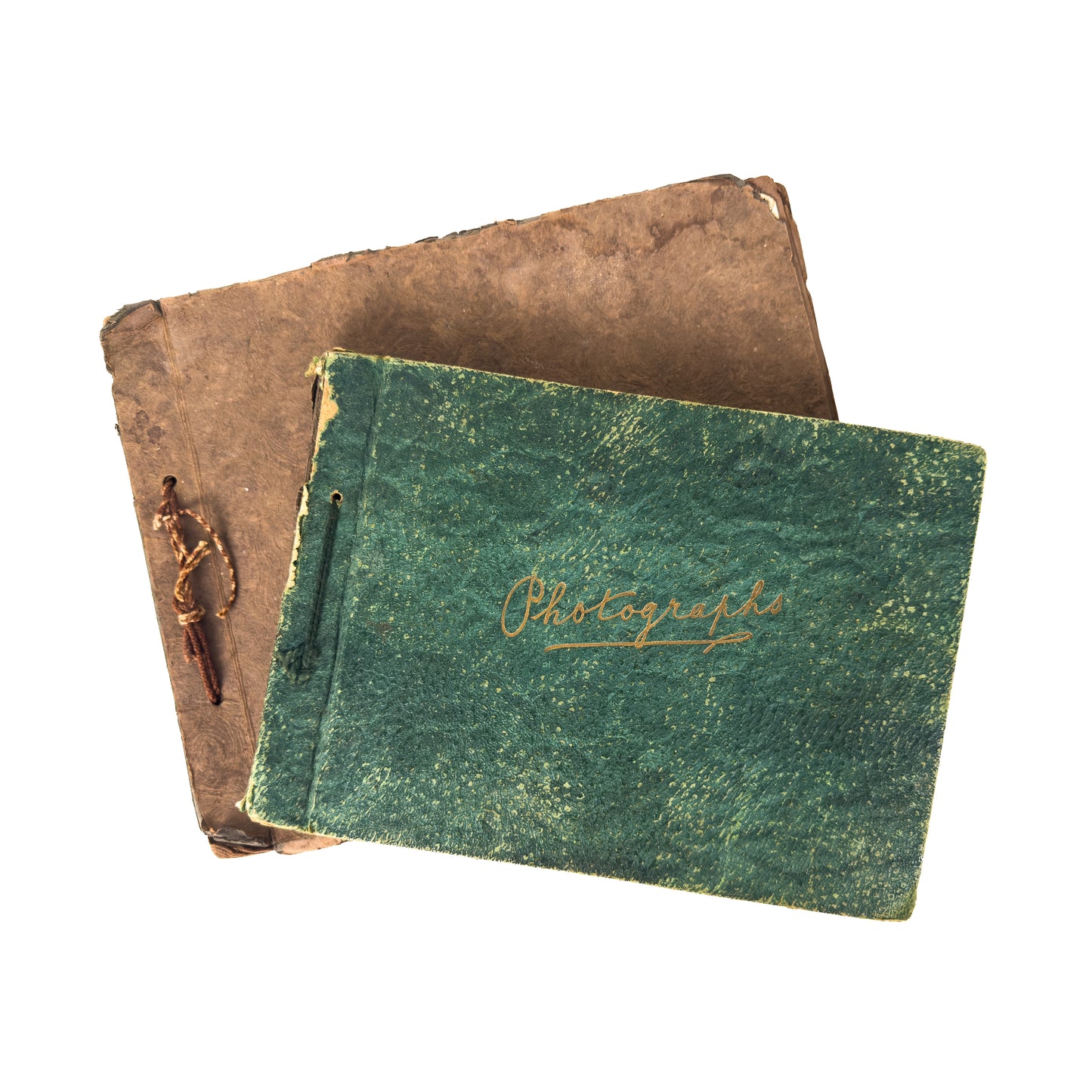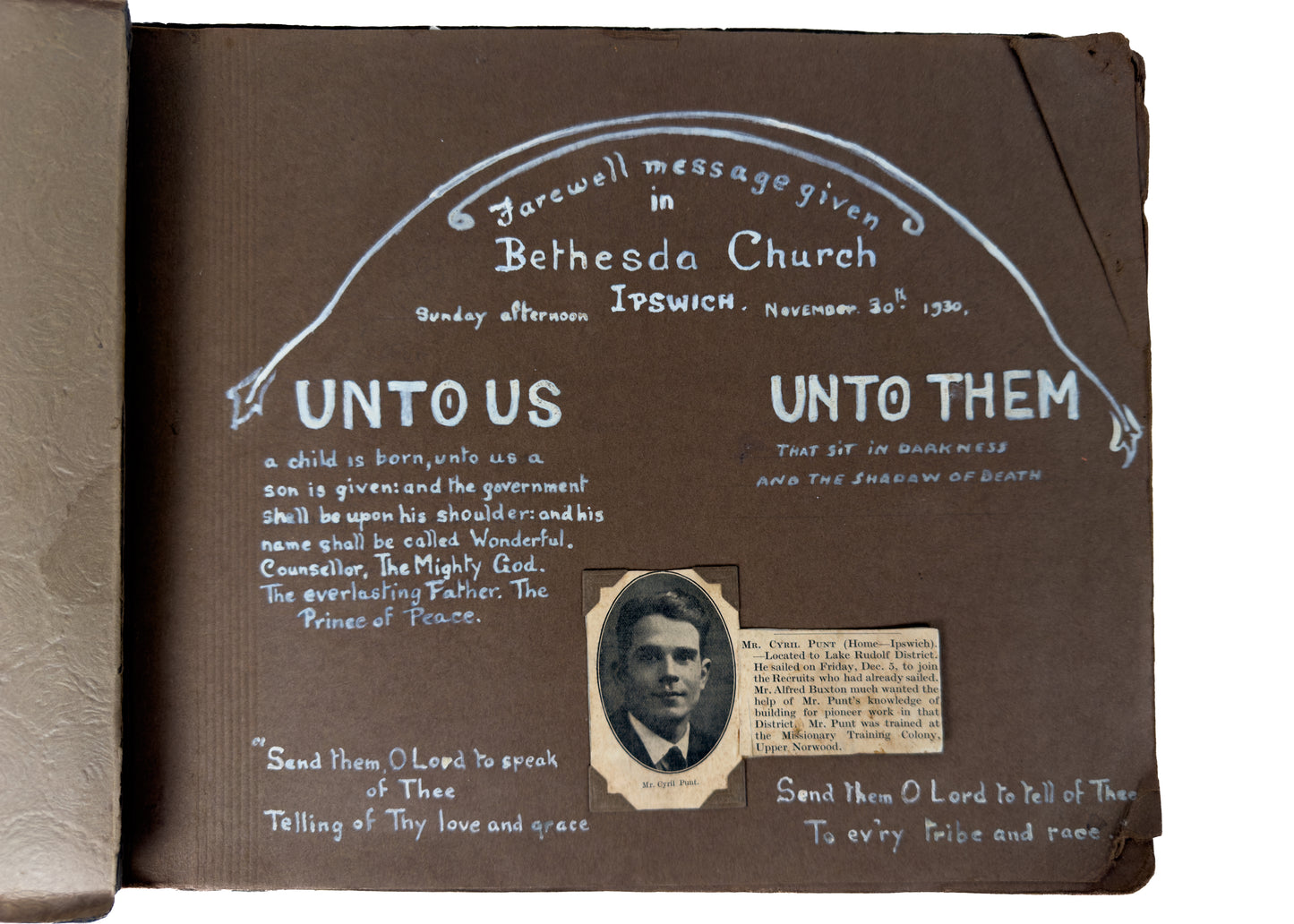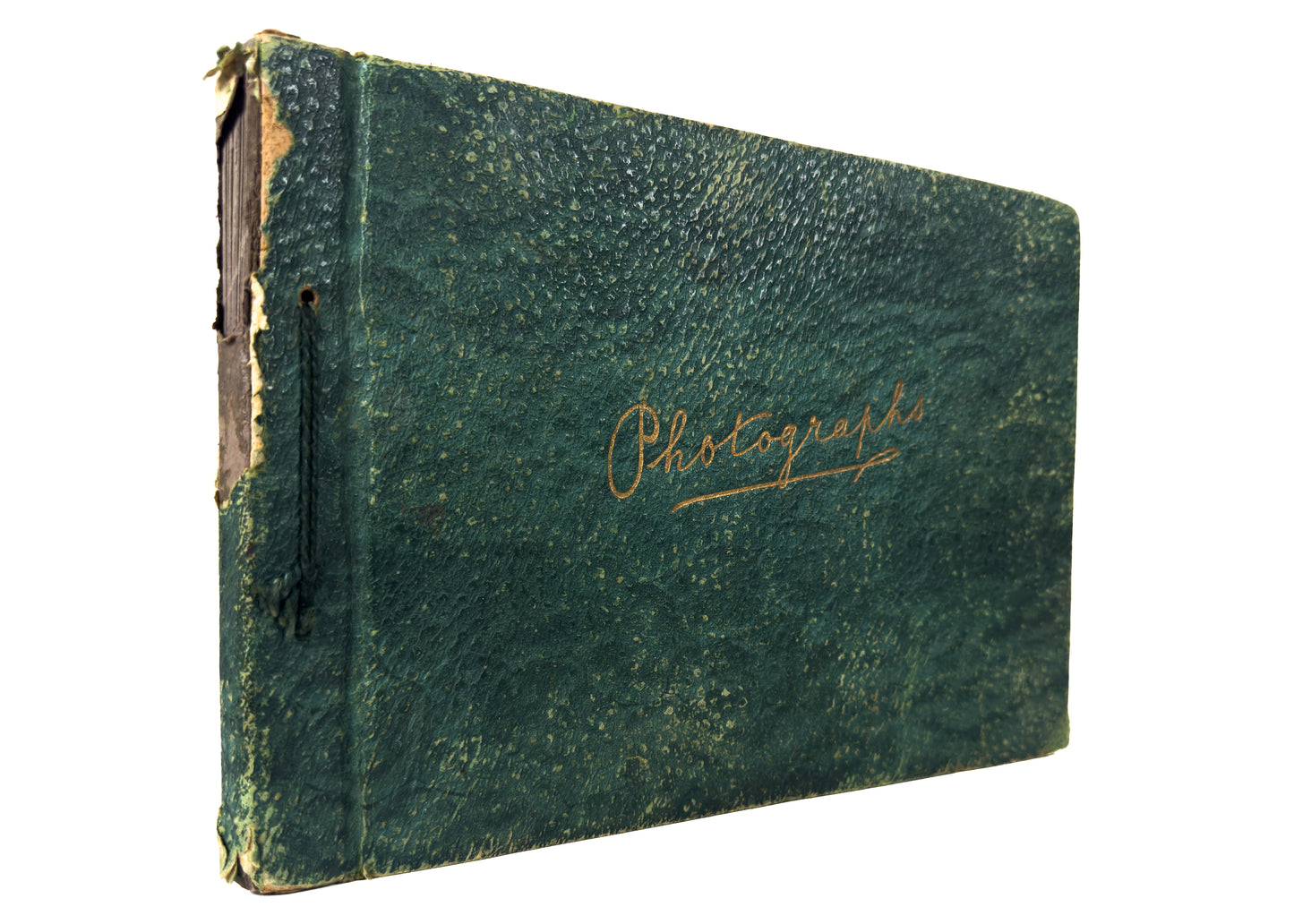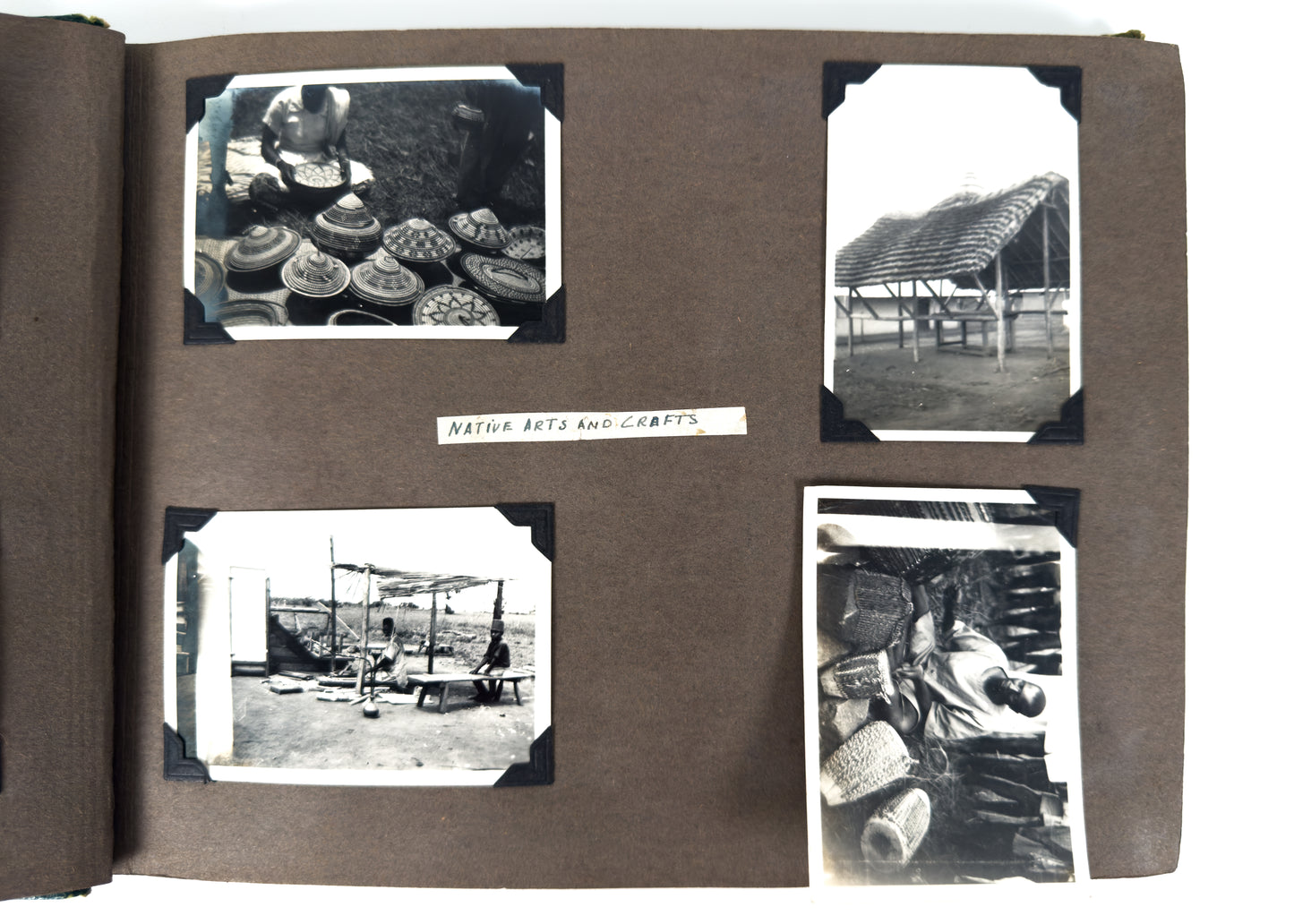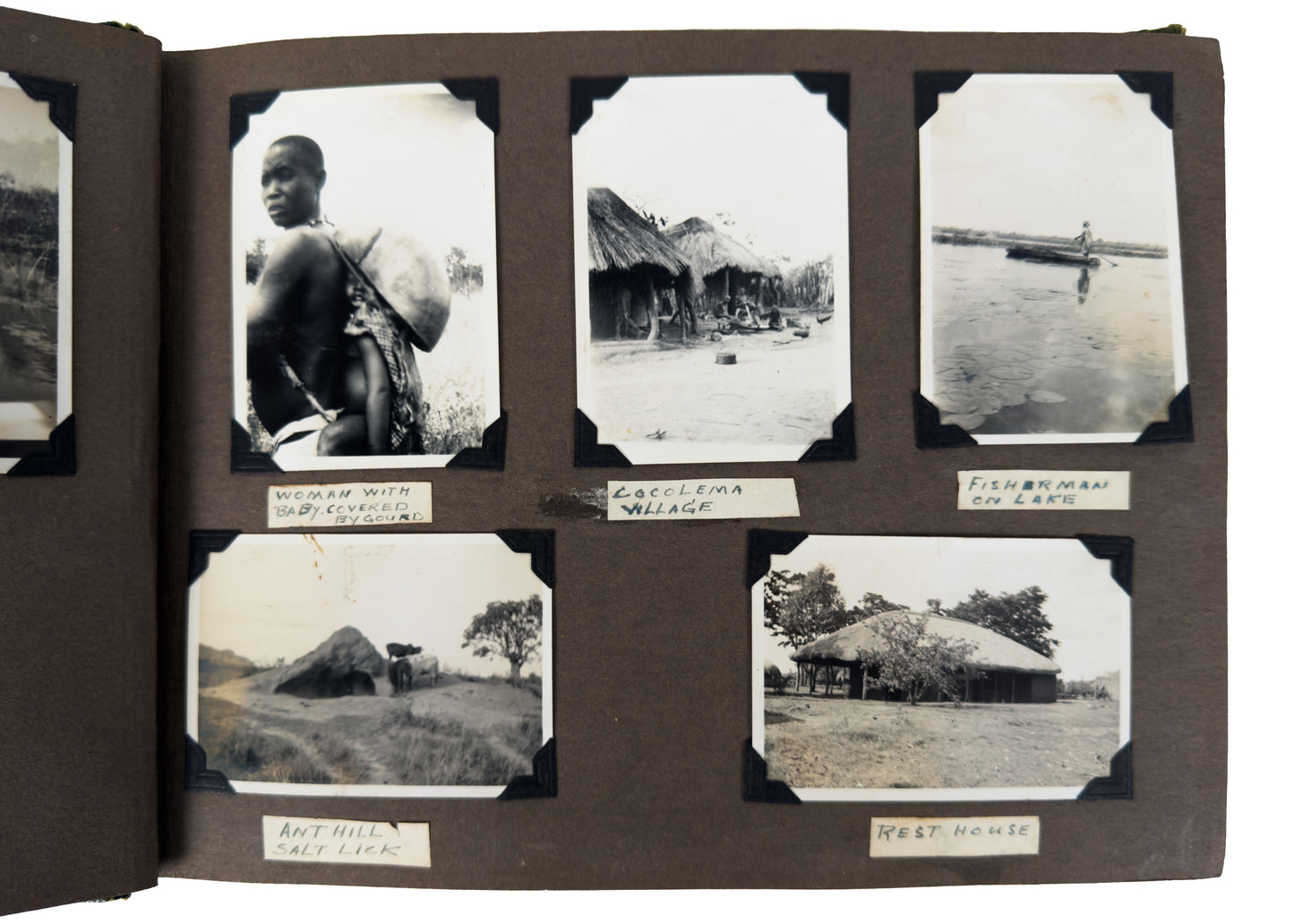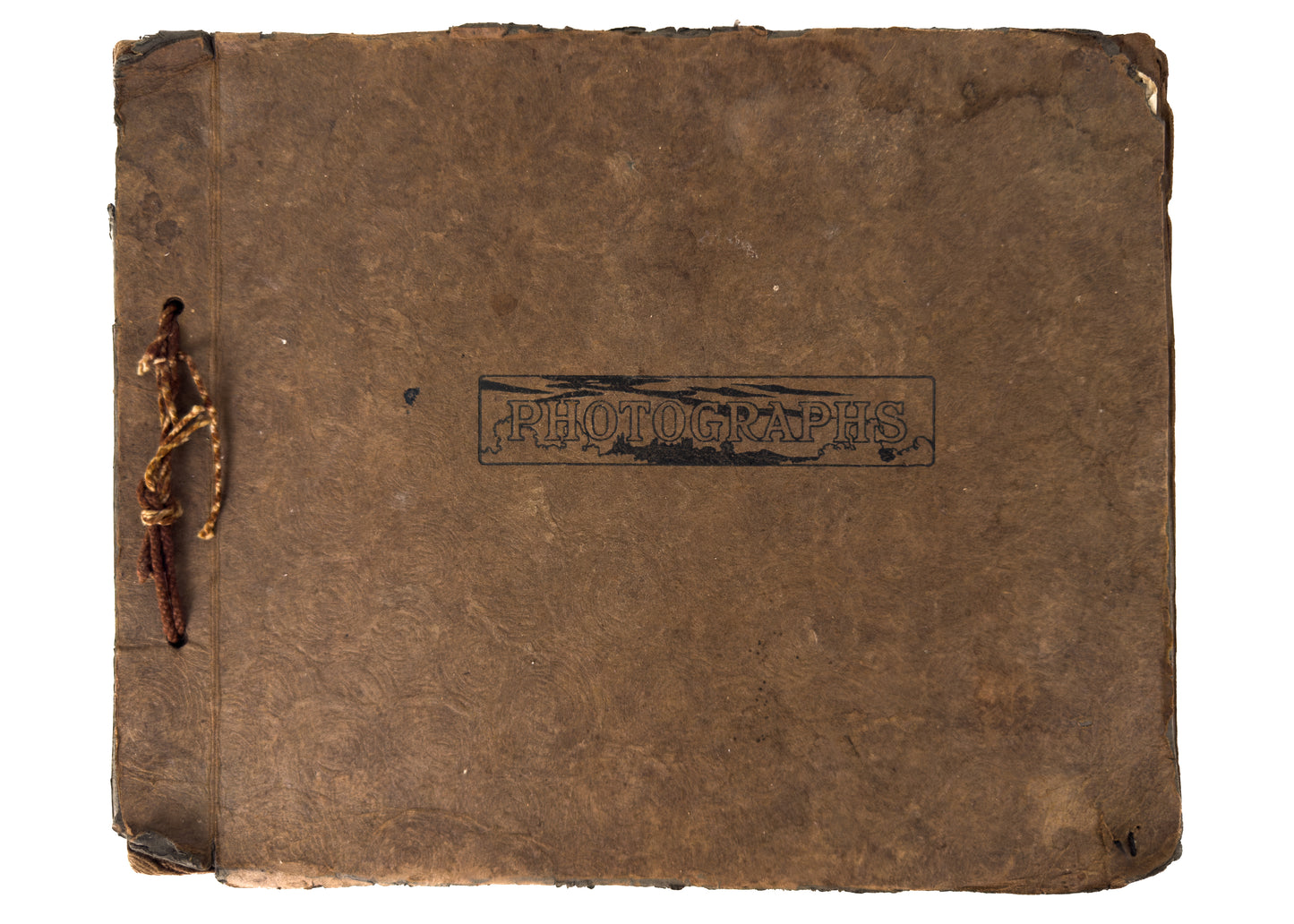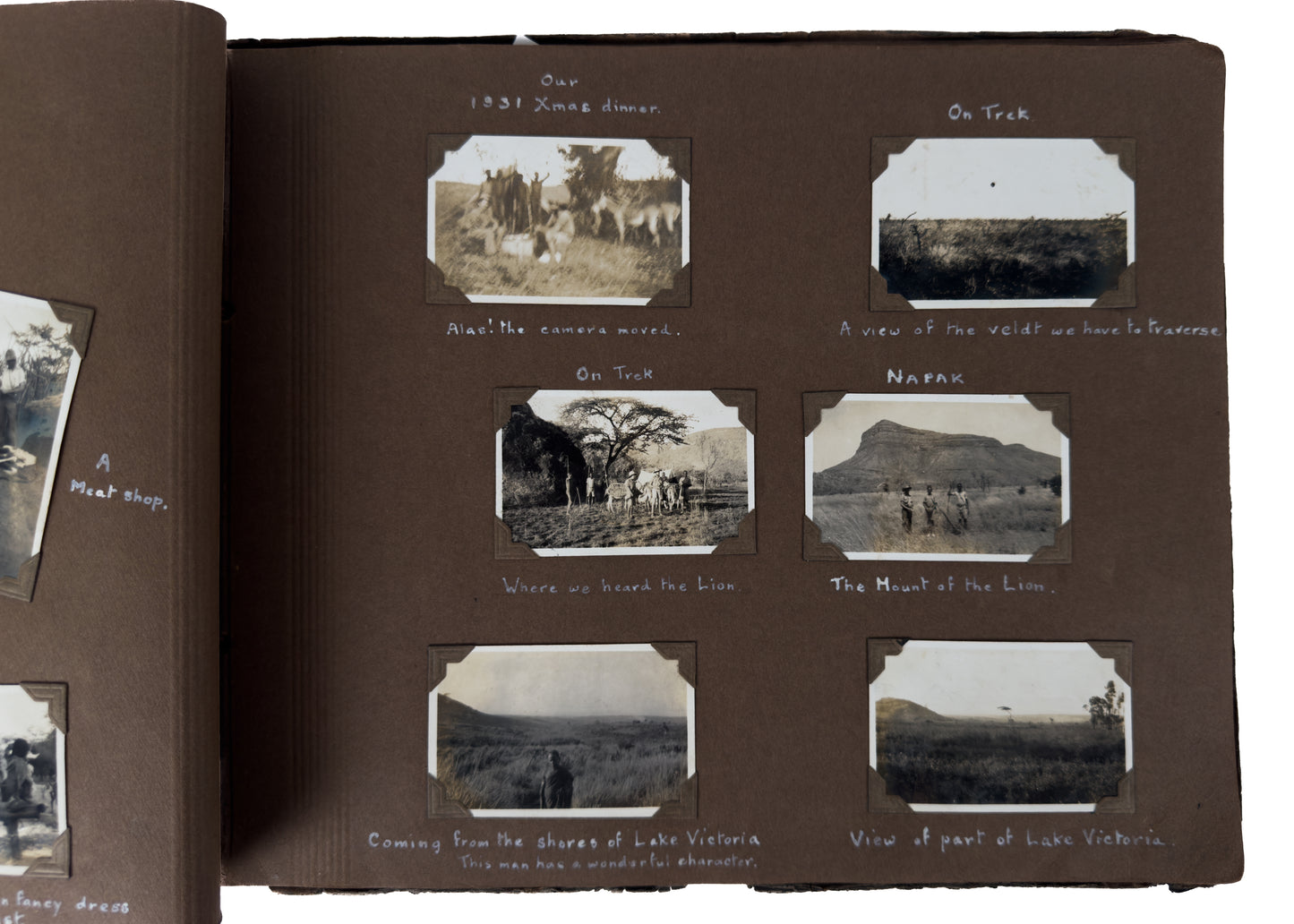Specs Fine Books
1930 AFRICAN MISSIONARY. 200+ Ethnographic Photography Archive of C. T. Studd Mission Agency Worker.
1930 AFRICAN MISSIONARY. 200+ Ethnographic Photography Archive of C. T. Studd Mission Agency Worker.
Couldn't load pickup availability
A superb pair of annotated albums compiled by and recording the missionary work of Cyril Punt of the Bible Churchman's Missionary Society in association with Alfred Buxton.
By 1928, Alfred Buxton, the son-in-law of C. T. Studd, had sensed that the Congo was more heavily evangelized than many other areas which had, as yet, remained almost unreached. He shifted his attention to the Horn of Africa. The major cities of Ethiopia, Sudan, Uganda, and Kenya were being targeted by the CMS, but the thousands of substantial rural communities were all but forgotten. Envisioning chains of rural preaching stations and churches throughout all four countries, he began recruiting in England.
It seems that he personally recruited Cyril Punt, a deeply earnest, evangelical builder, as a person who could help establish functional buildings and work as an effective Evangelist. They were badly in need of both. He had been training at the Missionary Training Colony in Upper Norwood. And once completed, Cyril set off to work with Buxton, who had successfully communicated the need of rural communities to the BCMS as an auxiliary work to the CMS.
Punt was one of the earliest workers at the first mission, at the Lotome Mission among the Karamojong people in Uganda. From there, Punt traveled with Buxton to establish the Kacheliba Mission among the Pokot. This mission was the first missionary contact with the Pokot on record.
Punt was a rugged individualist though. It made him well-suited for pioneer work, but ill-suited for working well with others. On first arrival, he apparently drew a line down the middle of the room, including the table, to divide his space from his roommate's. He was consistently acting without permission. And, in the end, he may have been a bit too much like Buxton's famously independent father-in-law, C. T. Studd, for the two to work together. He took off on his own, with only a bicycle and what personal possessions he could carry and continued reaching unreached tribes for at least the next 20 years. In the 1950's we continue to get accounts of him in The Fields missionary magazine, alone, trekking further and further into the bush to reach new tribes and communities. It hints that he may have been affiliated by then with the Plymouth Brethren, and a letter of provenance, from a Plymouth Brethren Missionary in Africa locates these albums as having been found in trunks after his death in Africa and sent to the Bible Churchman's Missionary Society by her [Gladys Pue].
The present grouping consists of two important photographic albums.
The first begins from the day of his departure from England on November 30, 1930 and stretches through to about 1932. It includes 93 photographs beginning with his class at the Pioneer Missionary Training Colony, his sea voyage on the S.S. Giuseppe Mazini to Mombasa, the Mission and People at the Lotome Mission, Photographs of the Suk Tribe, a Plague of Locusts in Cloud Form, Examples of the Suk and Other Tribe's Dress, Architecture, Massive Ant Hill Formations, Ox Feasts with Locals, Examples of Instruction Using Large Illustrations, the Karamojan People, Nairobi, Leopards, Chiefs and Warriors in Ceremonial Dress, Erection of the First "Church," among the Kitosh People, etc. An exceptional intentional photographic cataloguing of the various tribes he interacted with including customs, dress, etc.,
The second is undated, but seems to pick up right after the first. It includes 115 photographs and continues cataloguing peoples, locations, etc., including Atesoland, A Series Cataloguing Native Arts and Crafts, The Swamps of Uganda, Cocolema Village, Karamajong Head Dress, Teso Huts, Village Meeting in Amuria, Meetings of the BCMS at Karamota, Warriors, Nariama, Lake Kiogh, Mt. Elgon in Uganda, Summiting Mt. Elgon [14,000 feet], Teso Churches, Limuru Kenya, Dar Es Salaam, etc. etc.
Over 200 photographs in total, intentionally cataloguing the tribal ethnography and geography of his travels in Uganda and Kenya. Also includes a few other pieces of related ephemera, three early typed original poems among them. They are unrecorded and likely by Cyril.
Share
